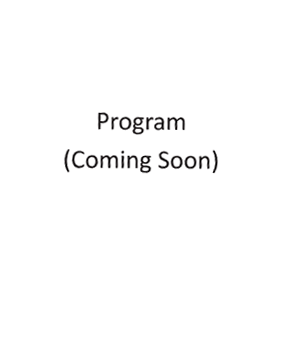Back
Panel Proposals
ESOP Sustainability
Health Check: Navigating the Wellbeing of Your RO and Sustainability
Wednesday, April 16, 2025
1:15 PM - 2:15 PM MST
Location: 355 DEFG
CE: 1
CE Type: CPE, SHRM
Education Level: For All levels
Education Level: For All levels

David S. Horvath, dhorvath@prairiecap.com
Managing Director
Prairie Capital Advisors, Inc.
Oakbrook Terrace, IL.jpg)
Thomas L. Totten, FSA, PhD
Founder
Stokastique LLC
Carmel, IN
Please join us for a hands-on discussion of how a mature ESOP company can navigate concerns about repurchase obligations and targeted benefit levels to gain confidence in the long-term health and sustainability of its ESOP. We will describe how repurchase obligations can be viewed through three different lenses (actuarial, CEO/board and academic) to provide a basis for understanding the direction of the ESOP under existing policies. We will discuss how a sustainability study can model alternatives to provide action steps for decision makers seeking to sustain the long-term ESOP ownership structure.Attendees will have access to an optional ESOP health-check questionnaire to assess their level of ESOP sustainability preparedness.
NCEO Publication: The ESOP Repurchase Obligation Handbook
NCEO Toolkit: Repurchase Obligation
NCEO Publication: The ESOP Repurchase Obligation Handbook
NCEO Toolkit: Repurchase Obligation
Learning Objectives:
- Describe the ways in which a mature ESOP company may use its repurchase obligation study to take actions toward sustaining the ESOP for the long term.
- Demonstrate how a sustainability study can propose and model alternatives to current ESOP policies and the expected impact on share value trajectory, benefits provided to participants, and the company's ability to fund its business objectives.
- Define what constitutes a healthy ESOP as sustainable and provides confidence to board members and fiduciaries that the company can meet its ESOP and other business obligations and provide a meaningful benefit to participants.

